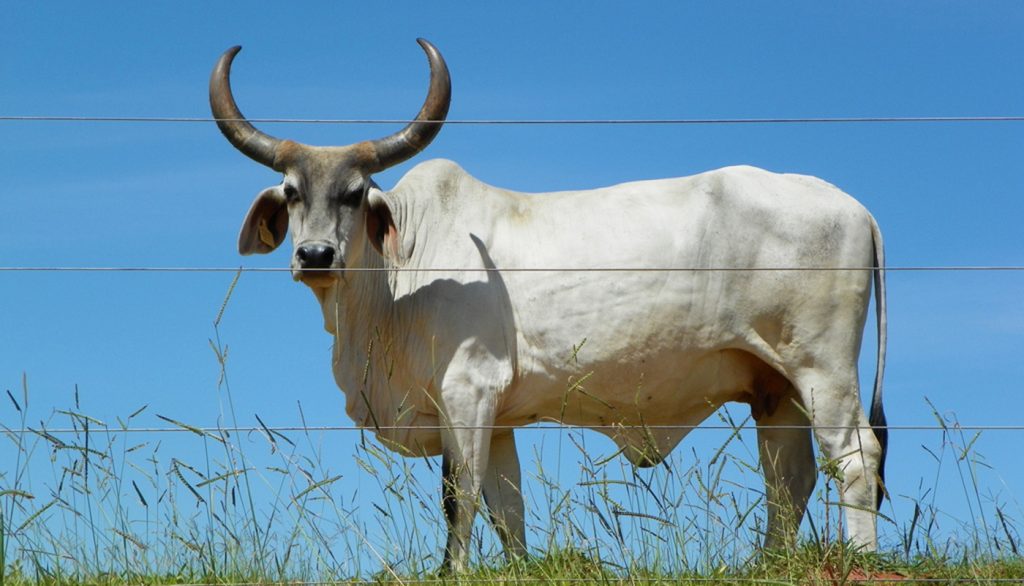
Kankrej cattle are a hard-working cattle breed from India. They are considered to be the heaviest of the Indian cattle breeds are used a lot in operations such as road transport maintenance in villages and also for a lot of agricultural operations. They are quite lively and active animals with a lot of lean muscle and very powerful being highly adaptive and heat tolerant.
KANKREJ BREED OF CATTLE QUICK PROFILE OVERVIEW
|
|
|---|---|
| The Kankrej breed of cattle is a very hard working cattle breed with the bulls working the roads or fields while the cows tend to the young and produce milk for the villagers. | |
| Country of Origin: | India |
| Other Names: | Kankara, Nagar, Bannai, Wagad, Vaghiyar, Waged, Vadhiyar, Wadiar, Wadial, Wadhir |
| Main Purpose: | Milk and draft |
| You may Also Like: | 35 Best Cattle Breeds for Milk – Dairy Cattle |
| You may Also Like: | 47 Best Cattle Breeds for Meat – Beef Cattle |
| Can be used for | Breed, Milk, Draft |
| Ideal Climate: | Heat, Cold, Most Climates |
| Conservation Status: | Not listed by the *ALC |
| Health Issues? | No known health issues |
| Good Starter Cattle? | Novice to intermediate Cattle farmer/keeper level |
| Cattle Associations: | Unclear – Please check with the American Dairy Association, National Association of Animal Breeders, Beef Cattle Breed Associations or The Beef Industry’s Information Center |
| Cattle Clubs: | Unclear – Please check with the American Dairy Association, National Association of Animal Breeders, Beef Cattle Breed Associations or The Beef Industry’s Information Center |
| Where to buy them? | Unclear – Please check with the American Dairy Association, National Association of Animal Breeders, Beef Cattle Breed Associations or The Beef Industry’s Information Center |
| Child Friendly? | Livestock should not be left unattended around unsupervised children |
| General Information: | The Kankrej have been exported to countries such as Latin America, Brazil and the southern states of America.
The Kankrej cattle breed have played quite a significant part in the meat industry of the world in that the Brahman breed of cattle was derived from the cross-breeding of the Kankrej with some other cattle breeds. |
| Note: *ALC stands for American Livestock Conservancy | |
PHYSICAL CHARACTERISTICS |
||||||||||||||||||||||||||||||||
|---|---|---|---|---|---|---|---|---|---|---|---|---|---|---|---|---|---|---|---|---|---|---|---|---|---|---|---|---|---|---|---|---|
| The Kankrej cattle have a long lithe body with the males being a lot more muscular and leaner than the females with a more pronounced hump between their shoulders. They have a broad chest with a tight dewlap and long lender but hardy and strong legs. | ||||||||||||||||||||||||||||||||
| Size: | Medium | |||||||||||||||||||||||||||||||
|
||||||||||||||||||||||||||||||||
COW BREEDING & MILKING INFORMATION |
|
|---|---|
| Most Cattle produce milk but not all of them are used in the dairy Cattle capacity for their milk. Cows only calve once a year and should have 12 to 14-month inter-calving cycle. The cows are used for their nutritious milk qualities and are very good mothers. They have great maternal instincts and will protect their young at all costs. They are fertile and give easy births to robust calves. | |
| Breeding Period/cycle: | Usually lasts 6 to 24 hours Most ave. 12 to 16 hours Cows usually come on heat every 21 days. |
| Estrous cycle: | Ave. 17 days to 24 days Heifer – usually ave. 20 days Cows – usually ave. 21 days |
| Gestation Period: | Usually, around 279 to 287 days but most gestation is 283 days. Cows that are carrying bull calf’s their gestation period is usually a little longer than cows that are carrying heifer calves. |
| No. Calves/Litter: | 1 calf at a time. Cows rarely have twins or triplets, but it can happen |
| Lactation Period: | Cows lactation period can last for up to about 10 months (305) days. |
| Milking From: | 1 to 6 weeks after Calving |
| Drying off Period: | The cow should have a 12 to 14-month inter-calving cycle. Drying off period for around 60 days before she can calve again. |
| Milk Quality: |
Good, Butterfat = 4.8% Quantity: 1738 kgs Per: Lactation period |
| Milk Ideal for: | Calves, drinking, and various dairy products |
| You may Also Like: | 35 Best Cattle Breeds for Milk – Dairy Cattle |
CATTLE MEAT PRODUCTION INFORMATION |
||||||||
|---|---|---|---|---|---|---|---|---|
| Most Cattle breeds can be used for meat and produce an acceptable quality of meat. The Kankrej are not bred or used for their meat production in India. | ||||||||
| Meat Production? | N/A | |||||||
|
||||||||
| You may Also Like: | 47 Best Cattle Breeds for Meat – Beef Cattle | |||||||
CATTLE SKIN PRODUCTION INFORMATION |
||||||||
|---|---|---|---|---|---|---|---|---|
| Most meat Cattle will have a skin by-product, and these are usually used in some form or just as a hide. The Kankrej cattle breed are not used for their skins | ||||||||
| Skin Production? | N/A | |||||||
| Skin is used to Produce: | Calf/cow skin leather products such as shoes, car seats, fine leather coats, gloves, handbags, belts, furniture, rugs, etc. | |||||||
|
||||||||
HISTORY
The Kankrej cattle breed originate from Rann of Kutch in the state of Gujarat and in the neighboring Rajasthan. It is an arid region with a challenging grazing environment of which the Kankrej have adapted and become accustomed to grazing on.
Kankrej cows and bulls were exported to Brazil from around 1870 where they are extensively used in draft situations. They are very resistant to tick fever, the heat stress and are being maintained in large numbers as pure bred in Brazil.
Video
USEFUL LINKS
- Purebred Dairy Cattle Association
- American Dairy Association
- National Association of Animal Breeders
- American Dairy Science Association
- United States Cattlemen’s Association
- National Cattlemen’s Beef Association
- American National Cattlewomen
- Beef Cattle Breed Associations
- National Cattlemen’s Beef Association
- Fur Commission USA
- North American Meat Institute
- American Livestock Conservancy
- Animal Shelter (ASPCA)
- American Veterinary Medical Association
- American Animal Welfare Society
- American Animal Control
- American Society of Animal Science
- United States Department of Agriculture
 Nguni Cattle Breed – Everything You Need to Know
Nguni Cattle Breed – Everything You Need to Know Alambadi Cattle Breed – Everything You Need to Know
Alambadi Cattle Breed – Everything You Need to Know Santa Gertrudis Cattle Breed – Everything You Need to Know
Santa Gertrudis Cattle Breed – Everything You Need to Know Heck Cattle Breed – Everything You Need to Know
Heck Cattle Breed – Everything You Need to Know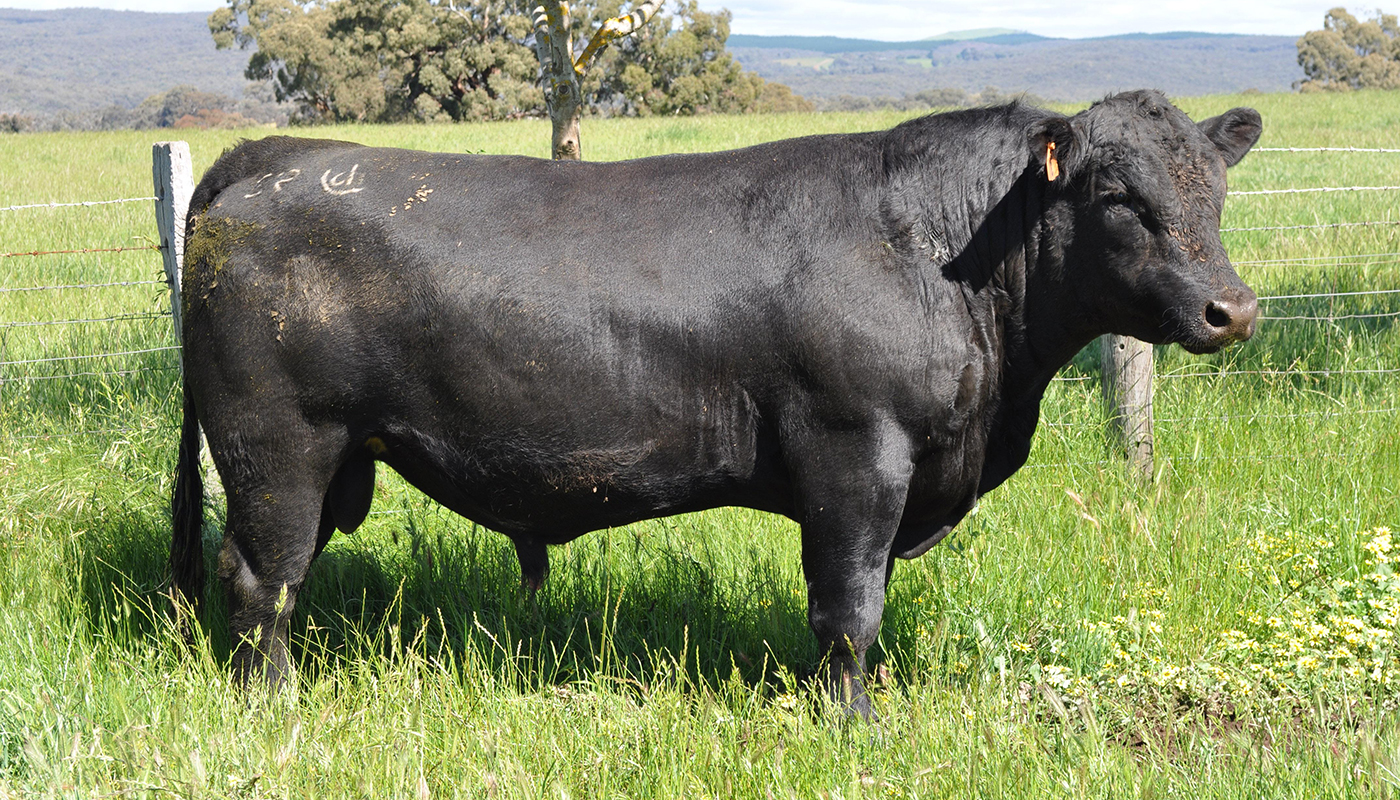 Angus Cattle Breed – Everything You Need to Know
Angus Cattle Breed – Everything You Need to Know Normande Cattle Breed – Everything You Need to Know
Normande Cattle Breed – Everything You Need to Know Spanish Fighting Bull – Everything You Need to Know
Spanish Fighting Bull – Everything You Need to Know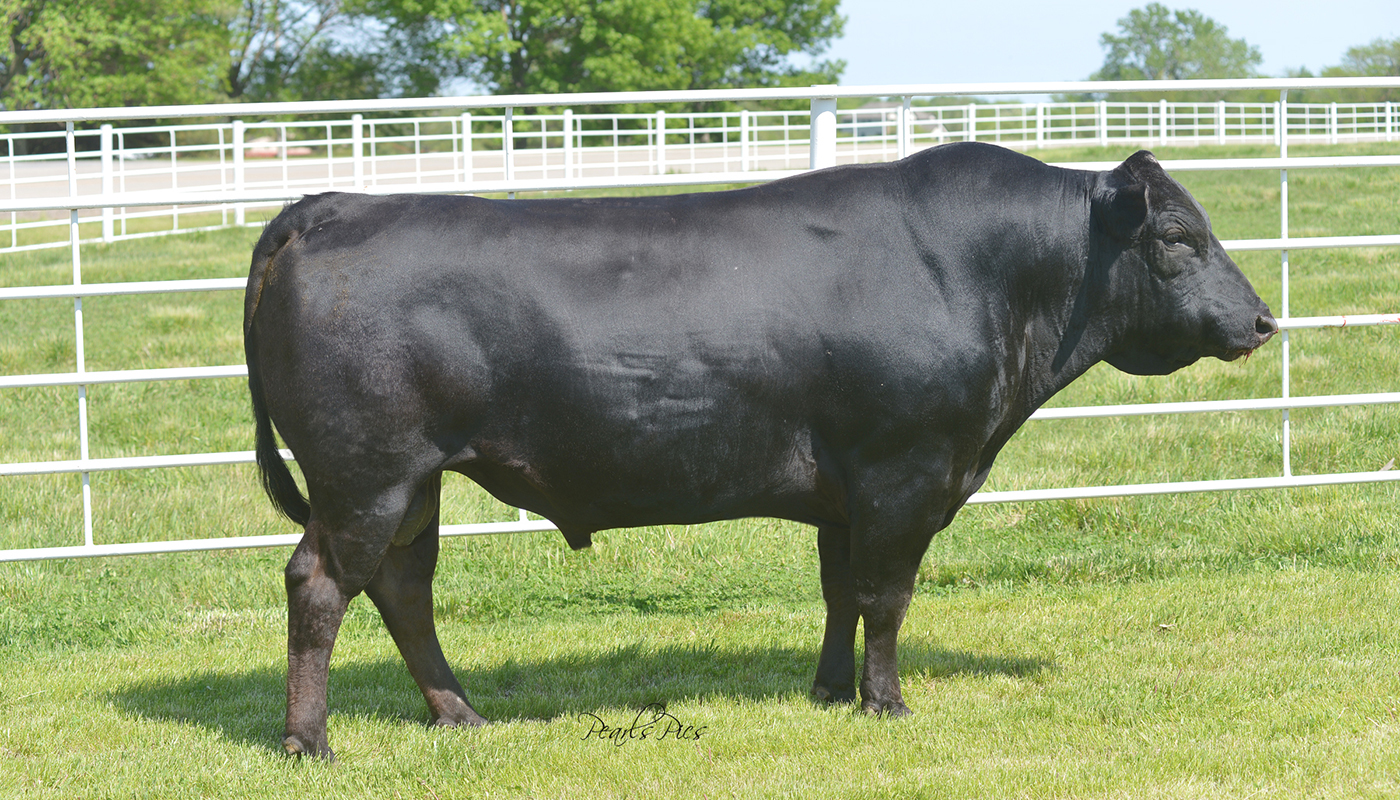 Wagyu Cattle Breed – Everything You Need to Know
Wagyu Cattle Breed – Everything You Need to Know Dutch Belted Cattle Breed – Everything You Need to Know
Dutch Belted Cattle Breed – Everything You Need to Know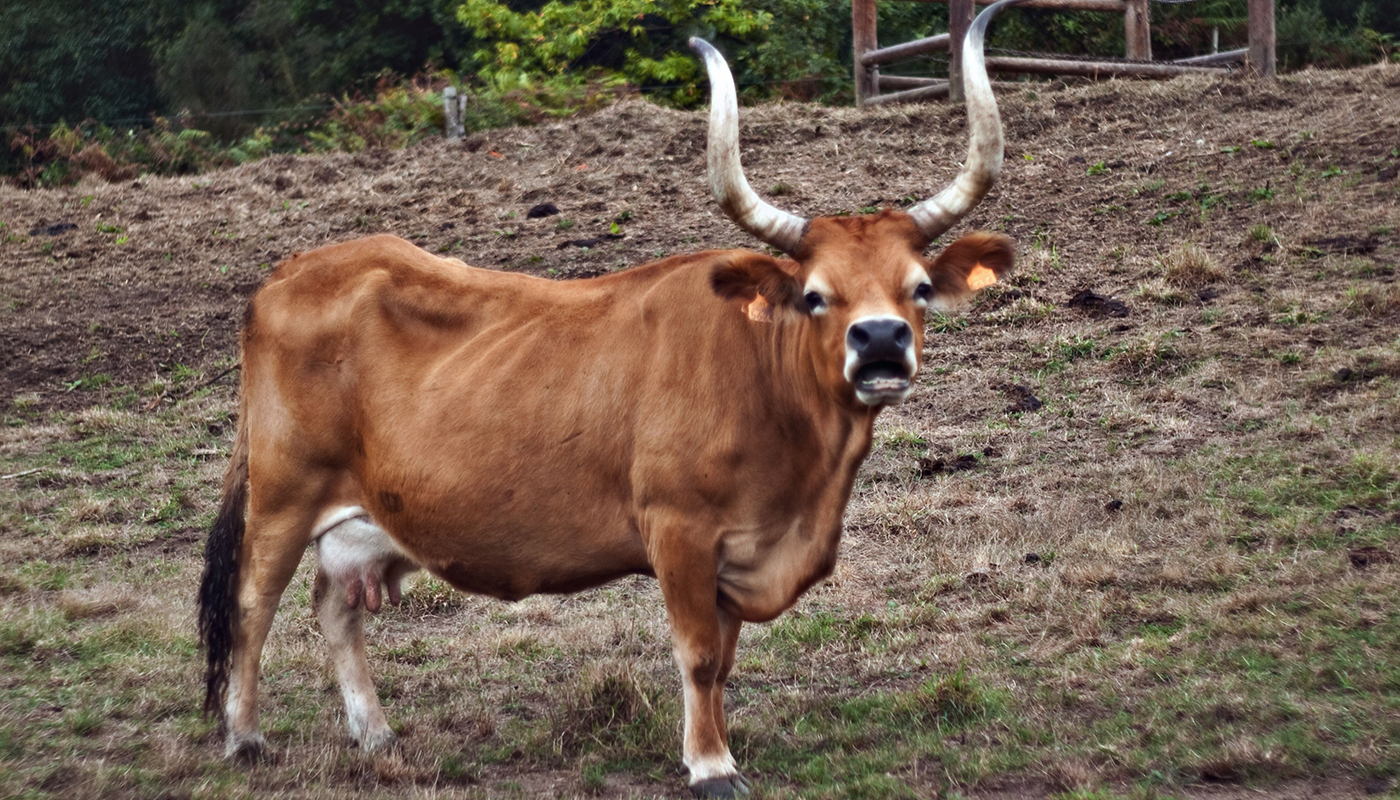 Cachena Cattle Breed – Everything You Need to Know
Cachena Cattle Breed – Everything You Need to Know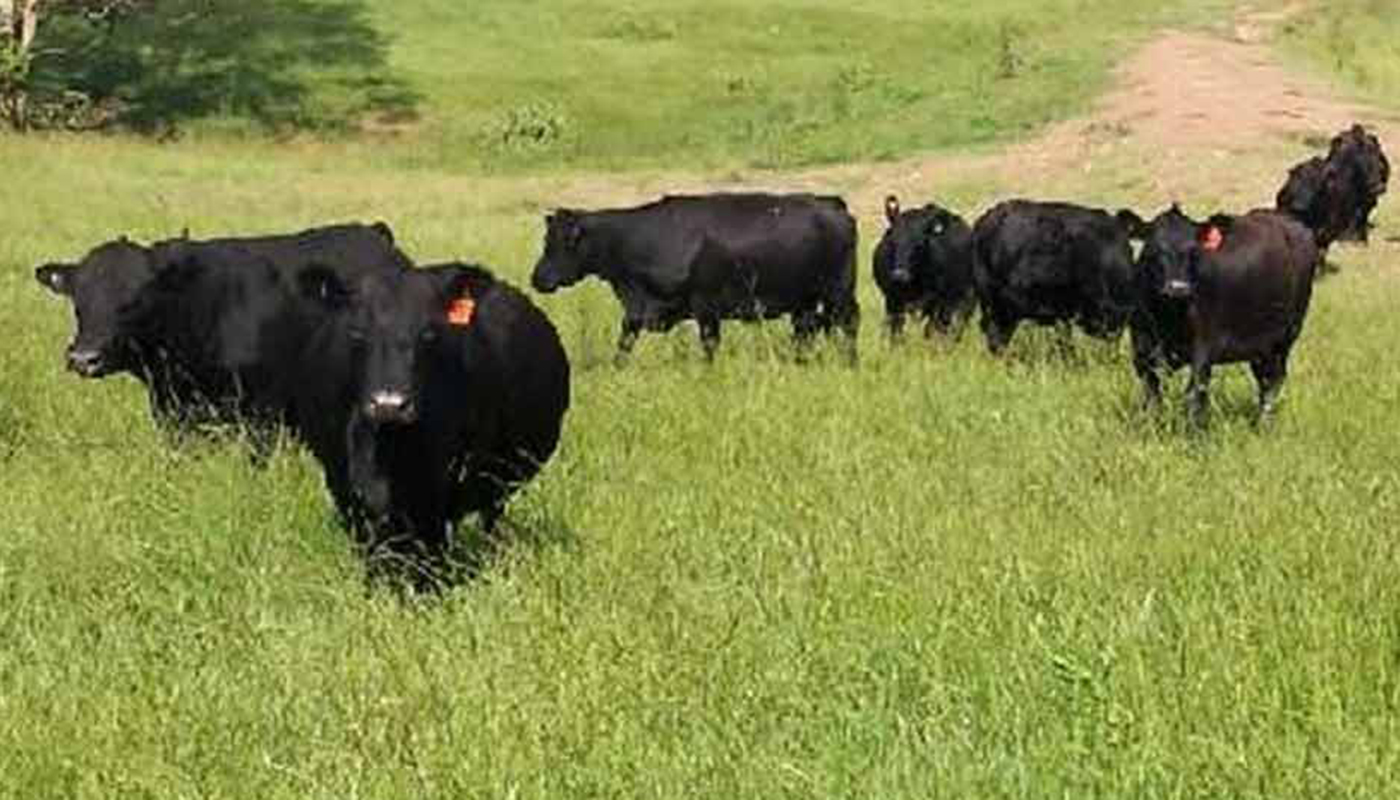 Australian Lowline Cattle Breed – Everything You Need to Know
Australian Lowline Cattle Breed – Everything You Need to Know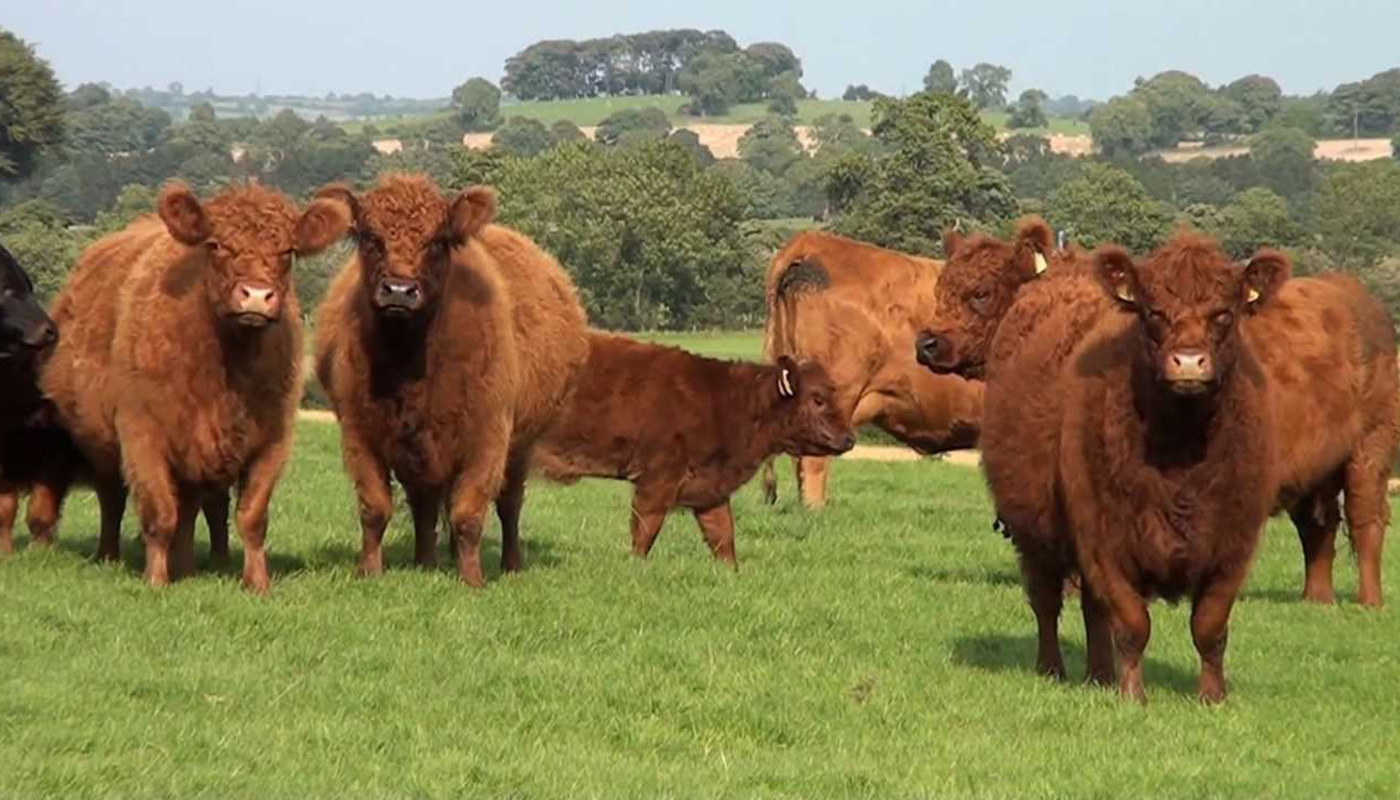 Galloway Cattle Breed – Everything You Need to Know
Galloway Cattle Breed – Everything You Need to Know